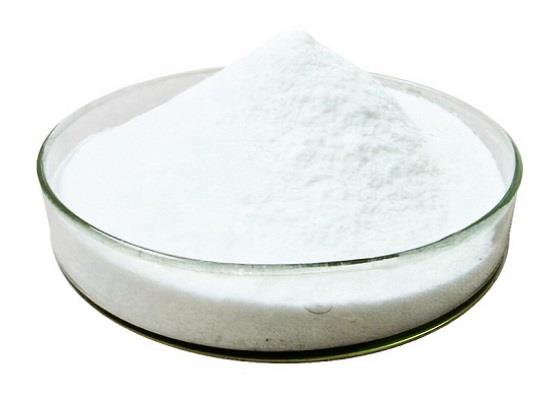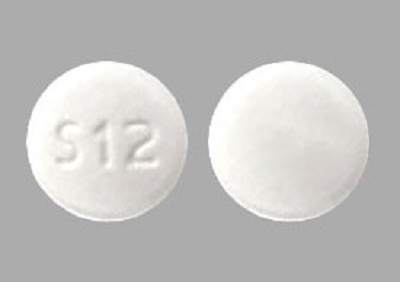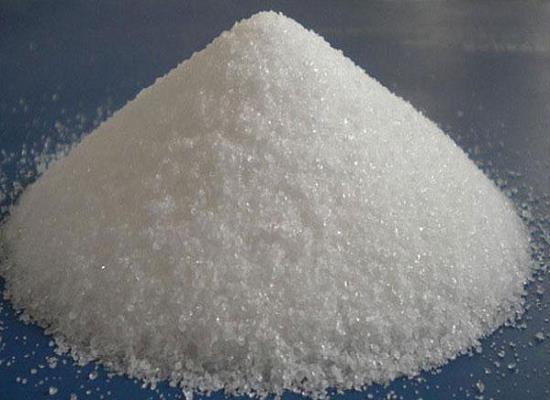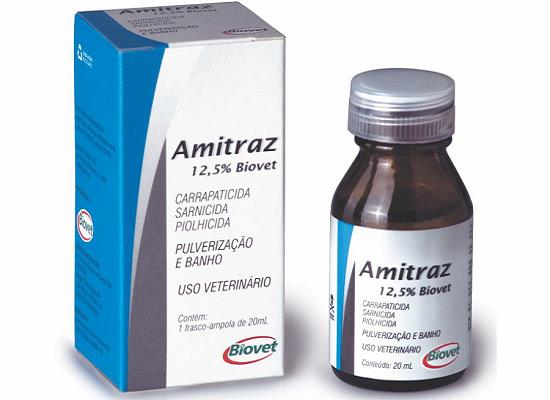Active Pharmaceutical Ingredients (API), popularly speaking, are the raw materials of medicines, only pharmaceutical raw materials are processed into pharmaceutical preparations , can they become medicines available for clinical use, so drugs we usually eat are the finished drugs through processing. Active Pharmaceutical Ingredients based on its sources can be divided into two major categories ,including chemical synthetic drugs and natural chemical drugs. Chemical synthetic drugs can be divided into organic synthetic drugs and inorganic synthetic drugs. Inorganic synthetic drugs are inorganic compounds ( very few is element), such as aluminum hydroxide, magnesium trisilicate which are used for the treatment of gastric and duodenal ulcers ; organic synthetic drugs are mainly composed of drugs made by basic organic chemical raw materials, through a series of organic chemical reactions (such as aspirin, chloramphenicol, caffeine, etc.). Natural chemical drugs ,based on its sources,can be divided into two categories including biochemical drugs and plant chemical drugs. Antibiotics are generally made by the microbial fermentation, which belongs to the biochemistry category. A variety of semi-synthetic antibiotics occurs in recent years,which are biosynthesis and chemical synthesis combining products.Among active Pharmaceutical Ingredients, the organic synthetic drugs varieties, yields and values have the largest proportion,which are the main pillars of the chemical and pharmaceutical industries. The quality of active Pharmaceutical Ingredients decides whether the formulation is good or bad , so its quality standards are very strict ,countries in the world have developed national pharmacopoeia standards and strict quality control methods for its widely used active Pharmaceutical ingredients.
2-Aminophenol: properties, applications and safety
2-Aminophenol is a versatile compound used in organic chemistry for synthesizing heterocyclic compounds, dyes, and pharmaceuticals.
Oct 7,2023 APIPterostilbene: pharmacokinetics and clinical applications
Pterostilbene has potential in dermatology and cancer prevention due to its anti-inflammatory, antioxidant properties and ability to inhibit tumor development.
Sep 28,2023 APIWhat is Erlotinib hydrochloride?
Erlotinib hydrochloride is an anticancer drug with form A and B. It is used to treat Lung cancer and Pancreatic cancer.
Sep 28,2023 APIGefitinib: mechanism of action, pharmacokinetics and side effect
Gefitinib targets EGFR to inhibit cancer cell growth, particularly in NSCLC with specific mutations, and has a favorable toxicity profile.
Sep 28,2023 APIPaliperidone palmitate: pharmacokinetics, clinical applications and safety
Paliperidone palmitate is an effective treatment for schizophrenia. It has a stable half-life, lower risk of side effects, and improved medication adherence.
Sep 28,2023 APIDodecanedioic acid: pharmacokinetics and applications
Dodecanedioic acid is a versatile dicarboxylic acid used in polyamides, providing exceptional properties for various industrial applications.
Sep 28,2023 API2-Phenylimidazole: applications in wastewater treatment and safety
2-Phenylimidazole is used in wastewater treatment, specifically for petrochemical wastewater and phosphorus removal.
Sep 28,2023 API2-Chlorotoluene: properties, applications and safety
2-Chlorotoluene is a hazardous, flammable liquid used as a solvent and intermediate in organic chemistry.
Sep 28,2023 APIAmitraz: mechanism of action and toxicity
Amitraz poisons pests by disrupting their nervous system, causing paralysis, feeding inhibition, and reproductive impairment.
Sep 28,2023 APIThe side effects of GW-501516
GW-501516 is a peroxisome proliferator-activated receptor (PPAR) agonists. It may cause several side effects.
Sep 27,2023 API











